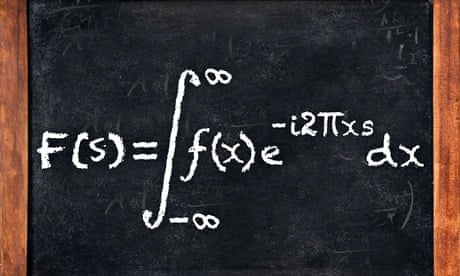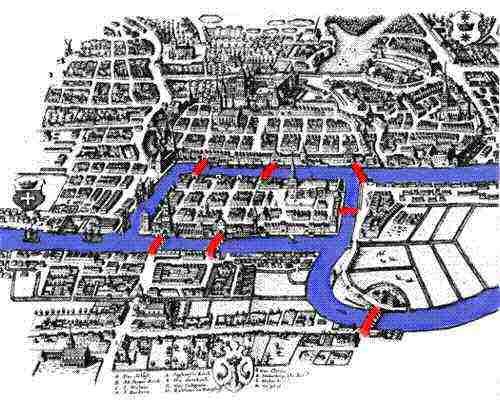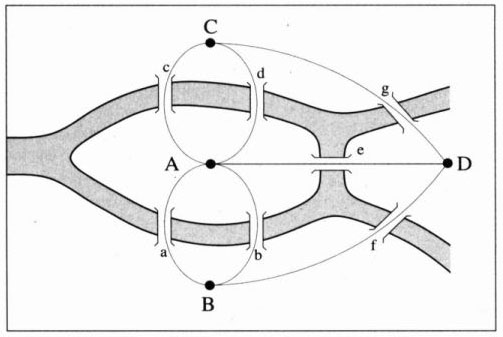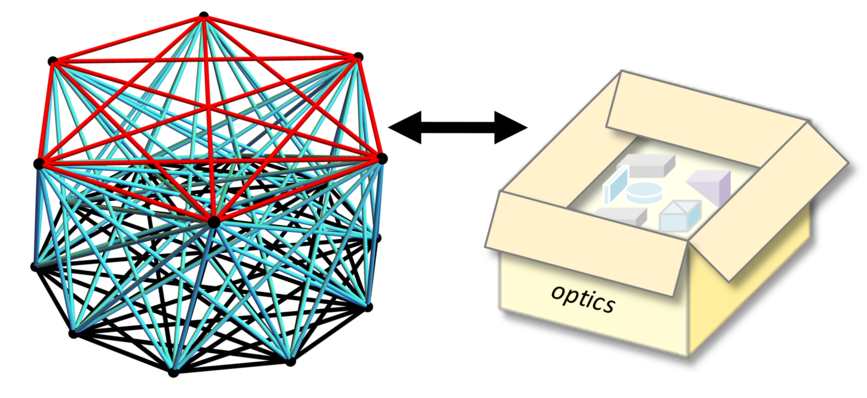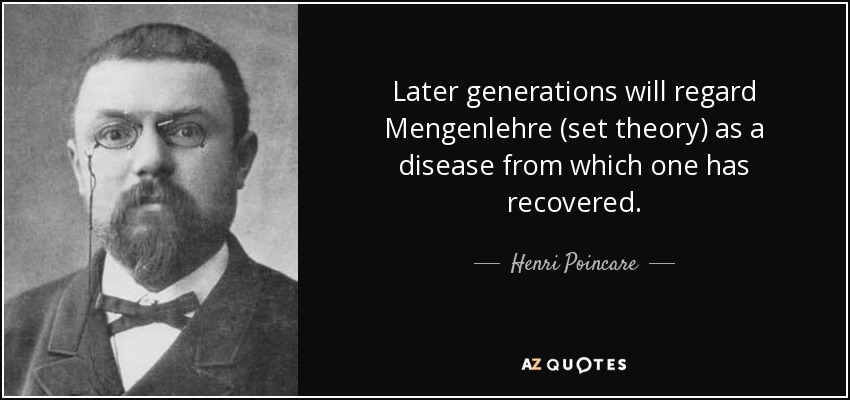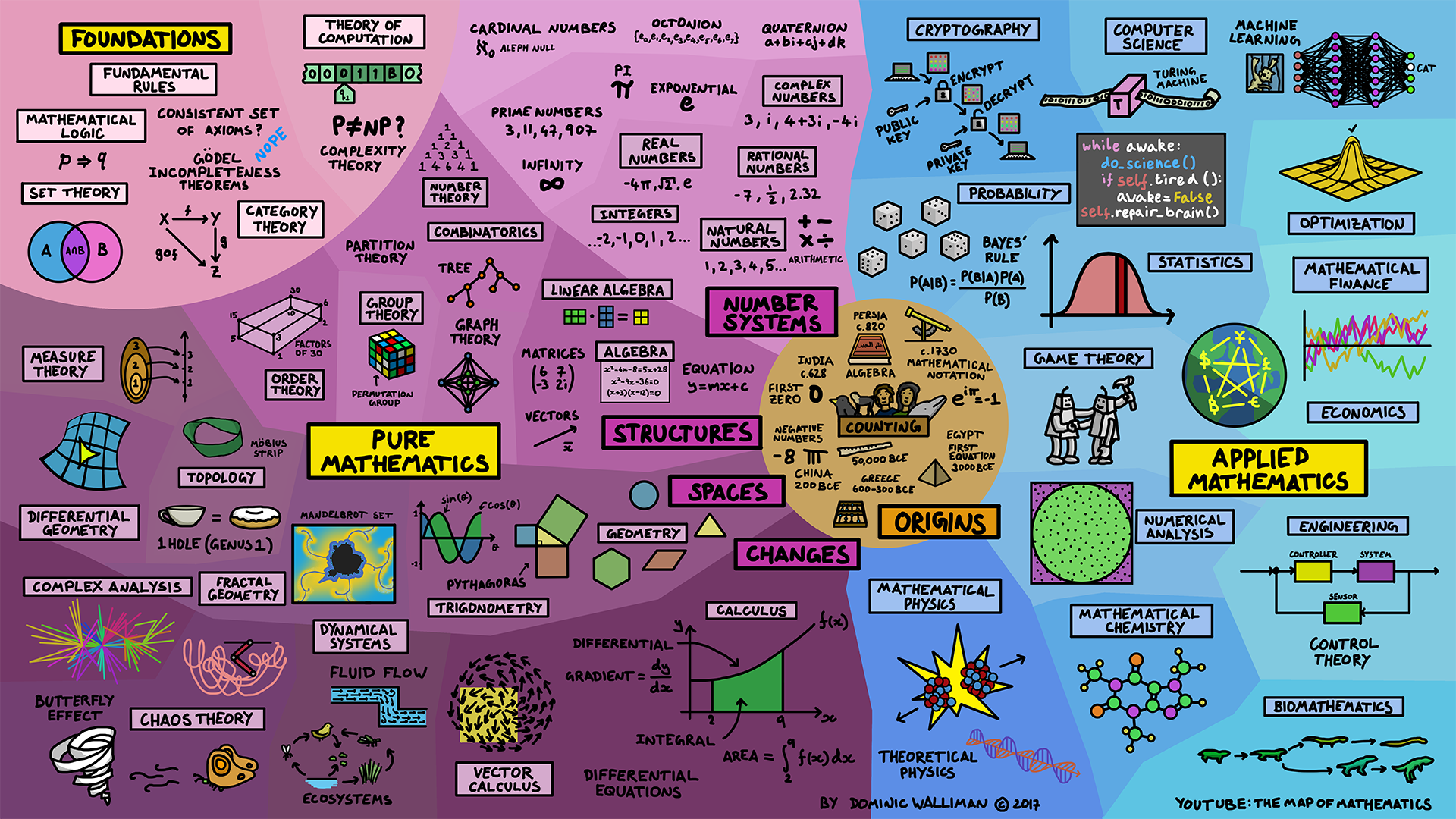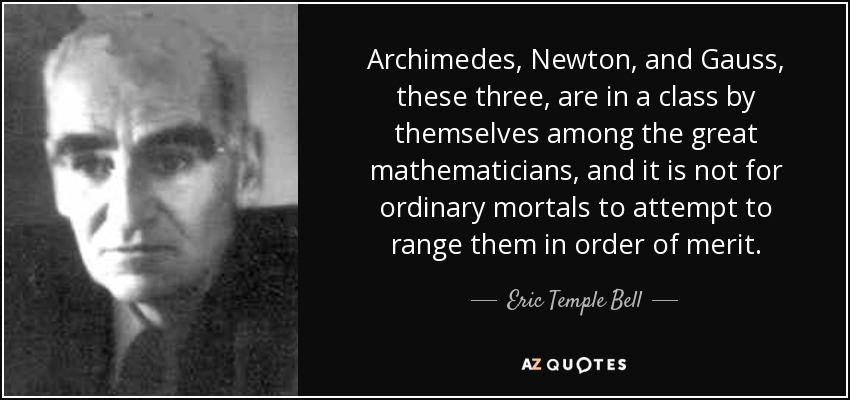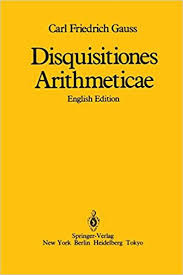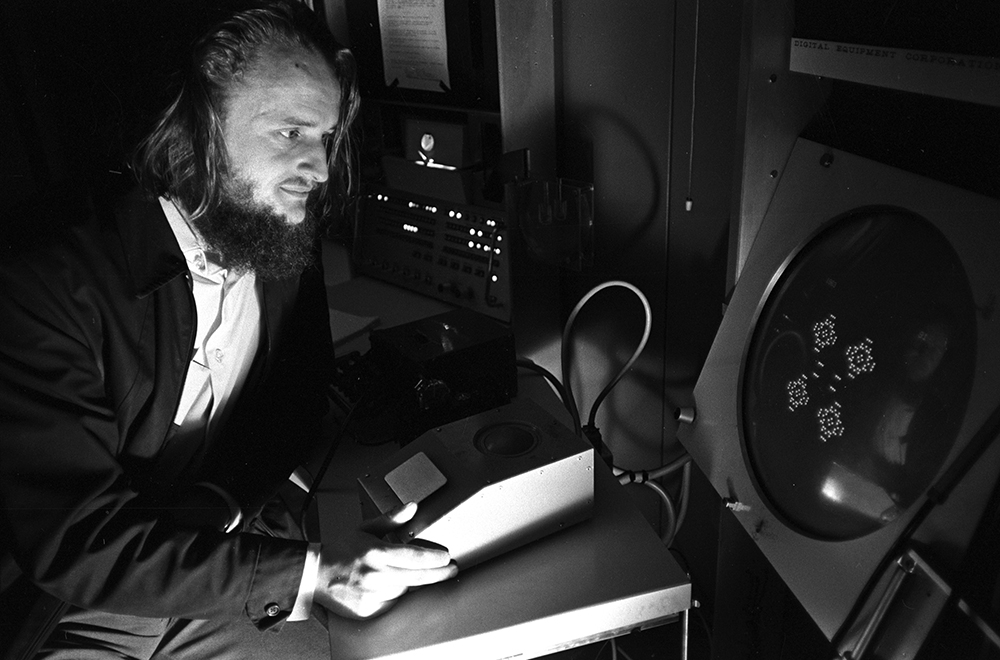In 1822, the French mathematician Joseph Fourier published his book Théorie Analytique de la Chaleur (The Analytical Theory of Heat) in which he made use of a bold conjecture that all complex waves can be broken down into simple sine waves:
 |
| from Math Is Fun: Fourier Series |
The great 19th Century British scientist William Thomson, Lord Kelvin praised Fourier's book as a "mathematical poem" and paid tribute to it's lasting influence in his Treatise on Natural Philosophy:
The Vibrating String Controversy
Since the time of Pythagoras and the ancient Greeks, mathematicians and scientists have been fascinated with the vibrating string, such as that of a plucked instrument like the harp. In the 18th century interest in the mathematics of waves increased with the advent of powerful new tools developed from calculus.
The vibrating string was the elemental problem in wave theory, and by the end of the 18th century it had drawn in many of the greatest names in mathematics, all pitted against one another, each taking a different approach to the problem.
The Language of Physics by Elizabeth Garber offers fascinating insights into what lay behind the mathematical thinking of this era.
It seemed that the vast mathematical powers of analysis that calculus had unleashed made it seem that mathematicians could proceed deductively, in the light of reason alone and without need for scientific experimentation.
Lagrange had approached closer than anyone to Fourier Analysis and had even employed it in a few isolated cases, but believed that the mathematics involved was insufficient to yield a general result. Stronger mathematical tools were needed, he believed and so, by the weight of his reputation, discouraged any further progress in this area, until Fourier arrived on the scene.
Fourier took a different approach, made his bold conjecture and showed time after time that the mathematical results were in accord with the results of experiment.
Mathematicians were dubious at first about Fourier's conjecture but eventually the German mathematician Peter Dirichlet was able to establish Fourier's result as a theorem instead of just a conjecture, and great mathematicians such as Henri Poincare began to sing Fourier's praises:
In the animation below we see sine waves assemble to approach closer and closer to the form of a square wave.
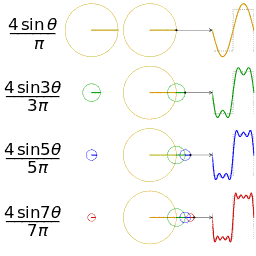 |
| From Wikipedia article: Fourier Series |
Likewise, in the animation below we see sine waves assemble to approach closer and closer to the form of a saw-tooth wave.
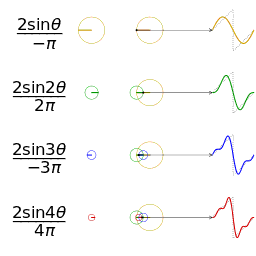 |
| From Wikipedia article: Fourier Series |
These wonderful animations were developed by Pierre Guilleminot and can be experimented with at his website:
Fourier series visualisation
There are some excellent and entertaining videos on the background to these animations and Fourier Series in general:
But what is a Fourier series? From heat flow to circle drawings
But what is the Fourier Transform? A visual introduction
The following video explains what the Fourier series does, and why it is one of the most surprising results in mathematics:








